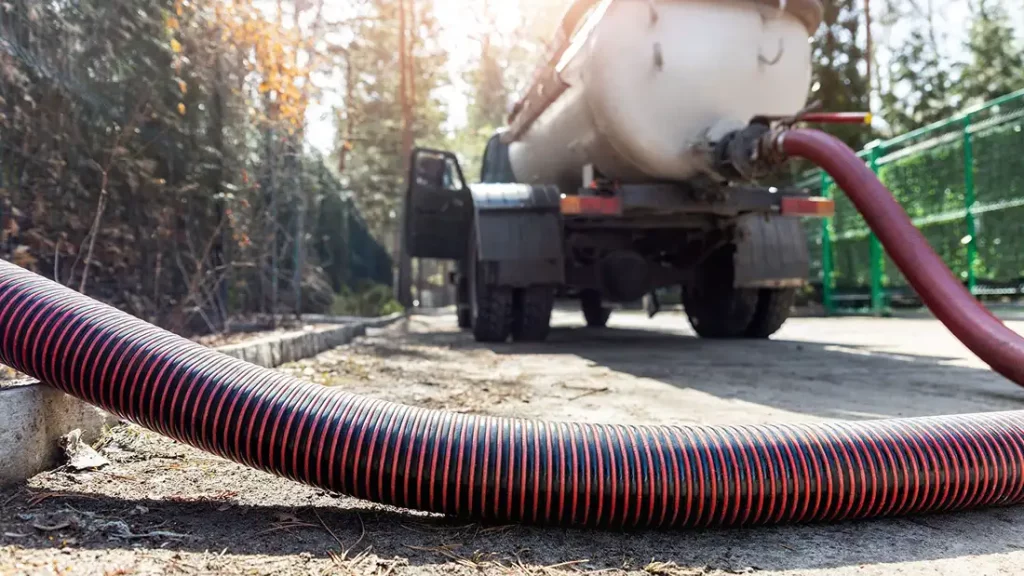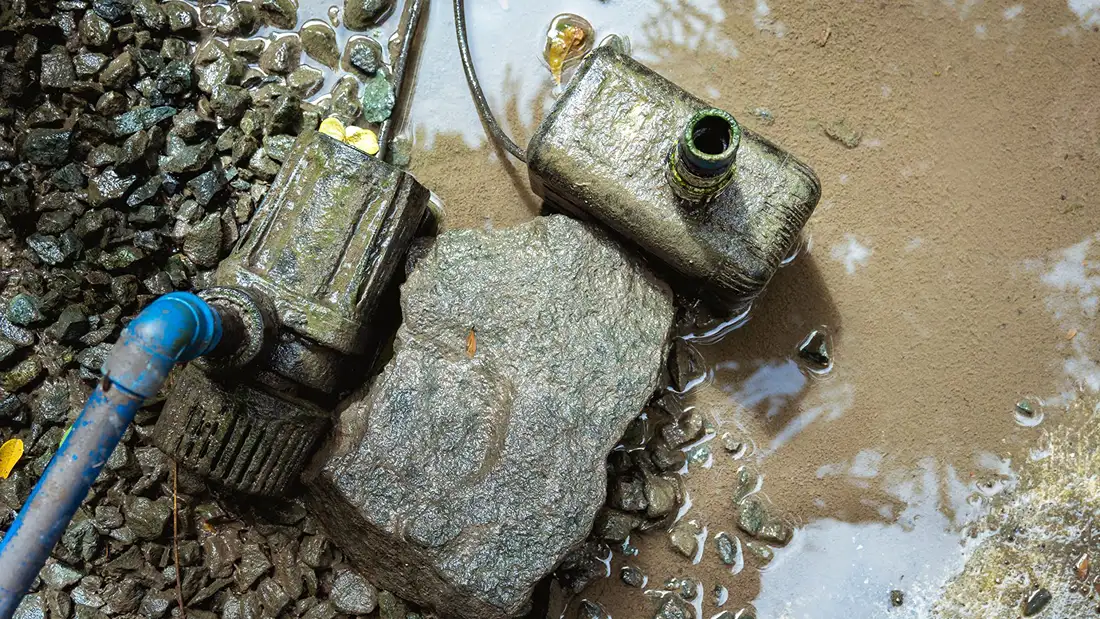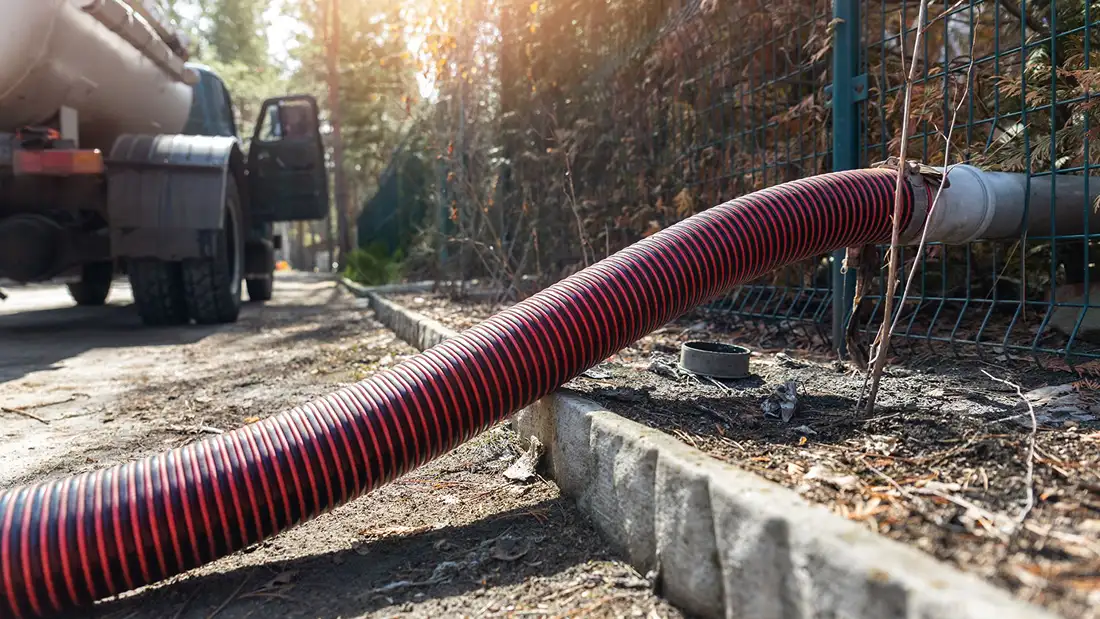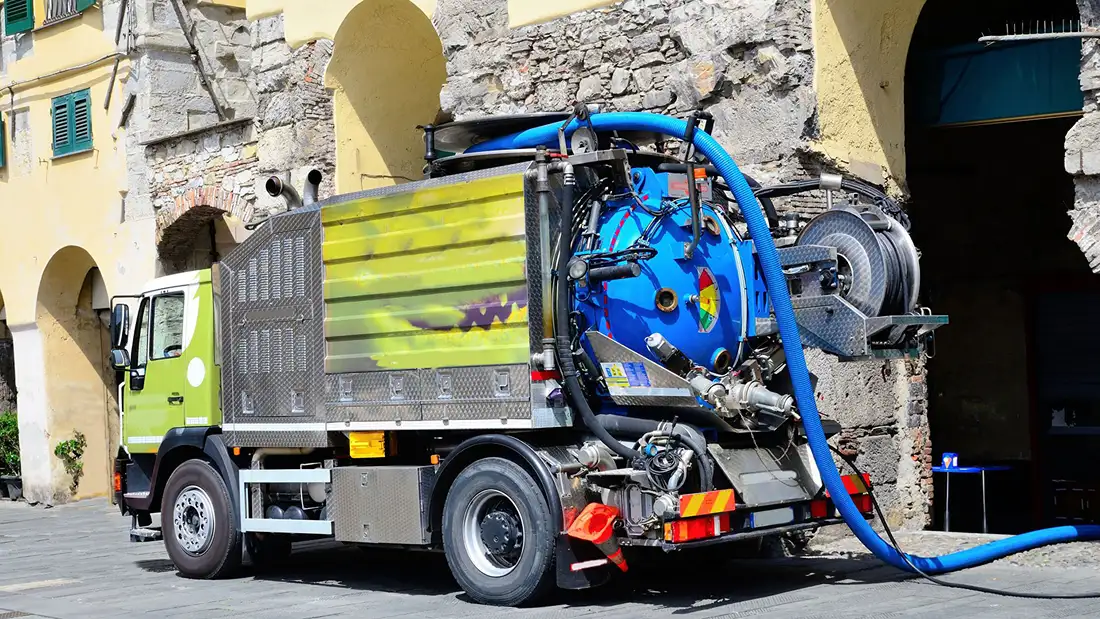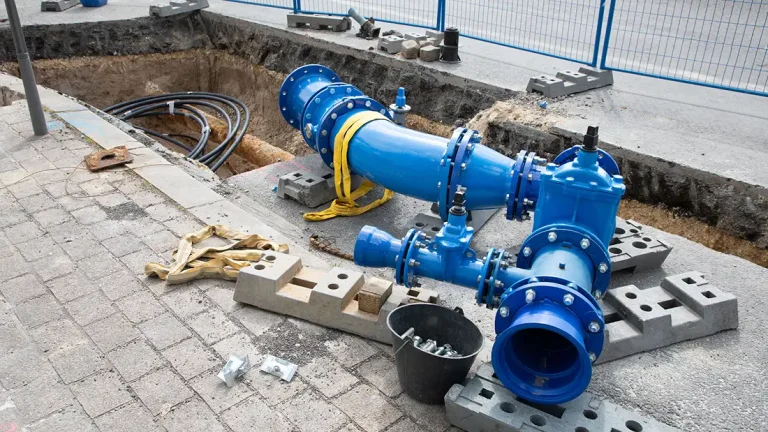Slurry lines are essential components in many industrial operations, including mining, wastewater treatment, and construction. These lines are responsible for transporting slurries mixtures of solid materials and liquids efficiently through pipelines. However, over time, slurry lines can experience wear and tear due to the abrasive nature of the materials they carry, resulting in blockages, leaks, and inefficiencies. Such issues can cause significant downtime and increased maintenance costs, which can disrupt operations.
To ensure the smooth functioning of slurry lines and prevent costly breakdowns, regular maintenance is key. Proper slurry line maintenance helps to extend the life of the system, improve operational efficiency, and minimize the risk of unexpected failures. When they are well-maintained, they are less likely to become clogged or damaged, which in turn reduces the frequency of repairs and costly replacements.
In this guide, we will discuss several important maintenance tips that can help keep your slurry lines in optimal condition. These tips cover essential practices such as regular inspections, cleaning, and monitoring slurry mixture consistency to prevent sediment build-up and blockages. Additionally, we will explore the importance of maintaining slurry pumps, including a lined slurry pump, to ensure smooth operation throughout the system.
What are Slurry Lines?
Slurry lines are pipelines designed to transport slurry, a mixture of solids (often minerals or waste materials) and liquids (usually water or chemical solutions). Slurry lines are used in various industries such as mining, cement manufacturing, and wastewater treatment. These pipelines are subject to harsh conditions, with the abrasive nature of slurries leading to significant wear and tear on the pipes, pumps, and other system components.
The operation of it depends on the specific properties of the slurry, such as the particle size, concentration, and flow velocity. Because of these factors, it is essential to understand the dynamics of slurry transport and the maintenance needs of these pipelines to avoid issues like blockages, pipe corrosion, and pump failures.
Key Factors That Contribute to Slurry Line Blockages
Before diving into maintenance strategies, it’s important to understand what causes blockages in slurry lines. Blockages can lead to costly downtime and equipment failure. Here are the primary factors that contribute to slurry line blockages:
1. Sediment Build-up
One of the most common causes of blockages in slurry lines is sediment accumulation. Over time, solid particles in the slurry can settle in low points or areas with reduced flow velocity. This sediment build-up can create clogs, reducing the overall capacity of the slurry line and increasing the risk of pipeline failure.
2. Pipeline Corrosion
Slurry lines, especially those exposed to abrasive slurries or harsh chemicals, are vulnerable to corrosion. As the pipeline material deteriorates, it can result in rough internal surfaces that trap more sediment and lead to blockages. The degradation of the pipeline material can also cause leaks, compromising the integrity of the system.
3. Improper Slurry Mixture
The consistency of the slurry is crucial for smooth transport through the slurry lines. If the slurry is too thick or too thin, it can cause uneven flow conditions. High viscosity slurries can lead to sedimentation, while excessively diluted slurries may result in inconsistent flow, both of which can lead to blockages and system inefficiencies.
4. Slurry Pump Issues
Slurry pumps are essential components in the transportation of slurry through pipelines. If a slurry pump is not functioning properly, due to worn-out parts or improper maintenance, it can result in uneven flow, leading to blockages or insufficient slurry movement. Ensuring that your lined slurry pump is well-maintained is crucial to avoiding these issues.
Effective Slurry Line Maintenance Tips
Maintaining them requires regular attention to ensure smooth operation and prevent the occurrence of blockages. Here are some essential maintenance tips to help you keep your slurry lines in good condition:
Regular Inspection and Monitoring
One of the most important aspects of slurry line maintenance is conducting regular inspections and monitoring. Routine inspections allow you to detect early signs of wear and tear, sediment build-up, or corrosion. You can use advanced technologies like ultrasonic testing, thermal imaging, and pressure monitoring to assess the condition of your slurry lines without the need for a full shutdown.
Regular monitoring of the slurry line flow, pressure, and temperature can also help identify potential issues before they escalate into major problems. By detecting blockages early, you can address them quickly and avoid costly downtime.
Cleaning and Flushing Procedures
To maintain the efficiency of them, periodic cleaning and flushing are essential. This process helps remove accumulated sediment, debris, and other materials that may obstruct the flow of slurry.
There are several methods for cleaning slurry lines:
- Pigging: This method involves using a cleaning device, known as a pig, to scrub the interior of the pipeline and remove debris.
- High-pressure Water Flushing: Flushing the system with high-pressure water can help dislodge solid materials that have settled within the pipeline.
- Chemical Cleaning: In cases where mineral deposits or other stubborn materials are present, chemical cleaning agents can be used to dissolve these substances and keep the slurry line free of blockages.
Regular cleaning is particularly important for those who transport abrasive or sticky materials, as these can quickly cause sediment buildup.
Control Slurry Mixture and Consistency
The consistency of the slurry being transported through the pipeline plays a significant role in preventing blockages. Slurry that is too thick can lead to sedimentation and clogs, while slurry that is too thin can result in inconsistent flow and reduced pump efficiency.
To prevent these issues, ensure that the slurry mixture is properly maintained. The optimal ratio of solids to liquids will depend on the type of material being transported and the specific requirements of the system. You may also consider adding chemicals or additives to improve flow characteristics and prevent sedimentation.
Regular Maintenance of Slurry Pumps
Slurry pumps, particularly the lined slurry pump, are integral to ensuring the smooth operation of them. These pumps should be regularly inspected and maintained to prevent breakdowns. Common issues with slurry pumps include worn-out seals, bearings, impellers, and other components that can affect pump efficiency and slurry flow.
To ensure the longevity of slurry pumps:
- Perform routine maintenance and lubrication on moving parts.
- Check seals for leaks or wear and replace them when necessary.
- Inspect the impellers for signs of erosion and replace them as needed.
- Calibrate the pump to maintain the optimal flow rate for the slurry being transported.
Proper maintenance of the lined slurry pump is critical in preventing blockages and ensuring smooth operation of the entire slurry transport system.
Invest in High-Quality Materials for Lining
The internal surface of slurry lines is subjected to extreme wear and abrasion from the slurry being transported. One of the best ways to prevent damage to your slurry lines is by using high-quality lining materials, such as rubber, ceramic, or composite linings. These materials provide an extra layer of protection against erosion and corrosion.
Rubber linings, for example, are particularly effective in handling moderate abrasives and corrosive substances. On the other hand, ceramic linings are ideal for handling highly abrasive slurries and can significantly extend the lifespan of your slurry lines.
Investing in durable lining materials is a long-term cost-saving strategy, as it reduces the need for frequent repairs and replacements.
Best Practices for Extending the Lifespan of Slurry Lines
To get the most out of your slurry lines and reduce the need for repairs or replacements, it’s important to follow best practices for extending the lifespan of your system. Here are some tips to help you do just that:
Proper Slurry Line Installation
The way slurry lines are installed can have a significant impact on their long-term performance. Proper installation reduces the risk of stress on the pipes and minimizes the chances of corrosion or wear. When installing slurry lines, make sure to:
- Avoid sharp bends in the pipeline, as these can increase pressure and cause erosion.
- Ensure the pipeline is correctly supported and anchored to prevent movement that could cause stress on the pipes.
- Properly seal all connections to prevent leaks.
Taking the time to install them correctly will ensure they last longer and operate more efficiently.
Monitoring and Controlling Operating Conditions
Operating conditions like flow velocity, pressure, and temperature should be monitored and controlled to prevent excessive wear on the slurry line. High-pressure or high-velocity flow can cause erosion and increase the risk of blockages.
Implementing automatic controls and sensors can help maintain ideal conditions within the system. For instance, flow control valves can regulate the slurry flow, ensuring that it remains within the optimal range for smooth transport. Pressure sensors can help prevent overpressurization, which can lead to pipe rupture or excessive wear.
Scheduled Overhauls and Replacements
Despite your best efforts at maintenance, slurry lines and their components will inevitably wear out over time. Scheduling periodic overhauls allows you to inspect the condition of the slurry lines, pumps, and other components and replace any worn or damaged parts before they fail.
Regular overhauls can also help identify issues that may not be apparent during routine inspections, such as internal corrosion or the early stages of blockages.
The Role of Technology in Slurry Line Maintenance
Technology has revolutionized slurry line maintenance, providing tools to detect problems early and streamline the maintenance process. Here are some ways technology can enhance slurry line maintenance:
Smart Monitoring Tools
Smart monitoring systems can provide real-time data on the condition of slurry lines, including pressure, flow rate, and temperature. These systems can alert maintenance personnel to potential problems, such as blockages or pump malfunctions, allowing for quick intervention before a major failure occurs.
Automated Cleaning Systems
Automated cleaning systems, such as pigging systems, can help maintain slurry lines without the need for manual intervention. These systems use automated devices to clean the pipeline, reducing the labor required for routine maintenance and improving the overall efficiency of the system.
Predictive Maintenance
Predictive maintenance tools use data analytics and machine learning to predict when a slurry line or pump is likely to fail. By analyzing historical data, these systems can provide insights into wear patterns and help schedule maintenance before problems arise. This approach reduces downtime and minimizes repair costs.
Troubleshooting Common Slurry Line Issues
Despite proper maintenance, issues can still arise with them. Here are some common slurry line problems and how to troubleshoot them:
Slurry Pump Failure
Slurry pump failures can occur due to various reasons, including cavitation, wear, and improper operation. If you notice a drop in pump performance, check for signs of damage to the impeller, seals, and bearings. Also, ensure that the pump is properly sized for the slurry being pumped.
Slurry Blockages
Blockages are one of the most common problems with slurry lines. If you encounter a blockage, use diagnostic tools to locate the obstruction. Depending on the severity, you can either flush the line or use pigging to remove the blockage. Preventing blockages through regular cleaning and monitoring is key to avoiding this issue.
Corrosion and Erosion
Corrosion and erosion are common in slurry lines that transport abrasive or corrosive materials. Regular inspection and the use of high-quality linings can help prevent these issues. If you notice signs of corrosion, consider replacing the affected sections of the pipeline or applying a new lining to protect the system.
Conclusion
Slurry lines are crucial to many industrial operations, but they require consistent maintenance to prevent blockages, reduce downtime, and extend the equipment’s lifespan. Regular maintenance is essential for ensuring the efficient performance of them and avoiding disruptions in the slurry transport system. By performing routine inspections, cleaning, controlling slurry consistency, and maintaining slurry pumps, you can significantly reduce the risk of blockages and improve overall system efficiency.
Proper maintenance of slurry lines helps prevent costly issues like sediment build-up, pump failure, and pipeline corrosion. By staying ahead of potential problems, you can avoid expensive repairs and premature replacements, saving money in the long run. Additionally, maintaining slurry pumps, including a lined slurry pump, ensures smooth operation and minimizes downtime, allowing the slurry transport system to function at optimal levels.
Investing in regular maintenance practices and advanced technology to monitor slurry lines can enhance the overall performance of your system. With a proactive approach, you’ll ensure that your slurry lines operate efficiently, preventing blockages and extending their lifespan. By keeping slurry lines in top condition, you can reduce costly disruptions and ensure the continuous operation of your industrial processes for years to come.

